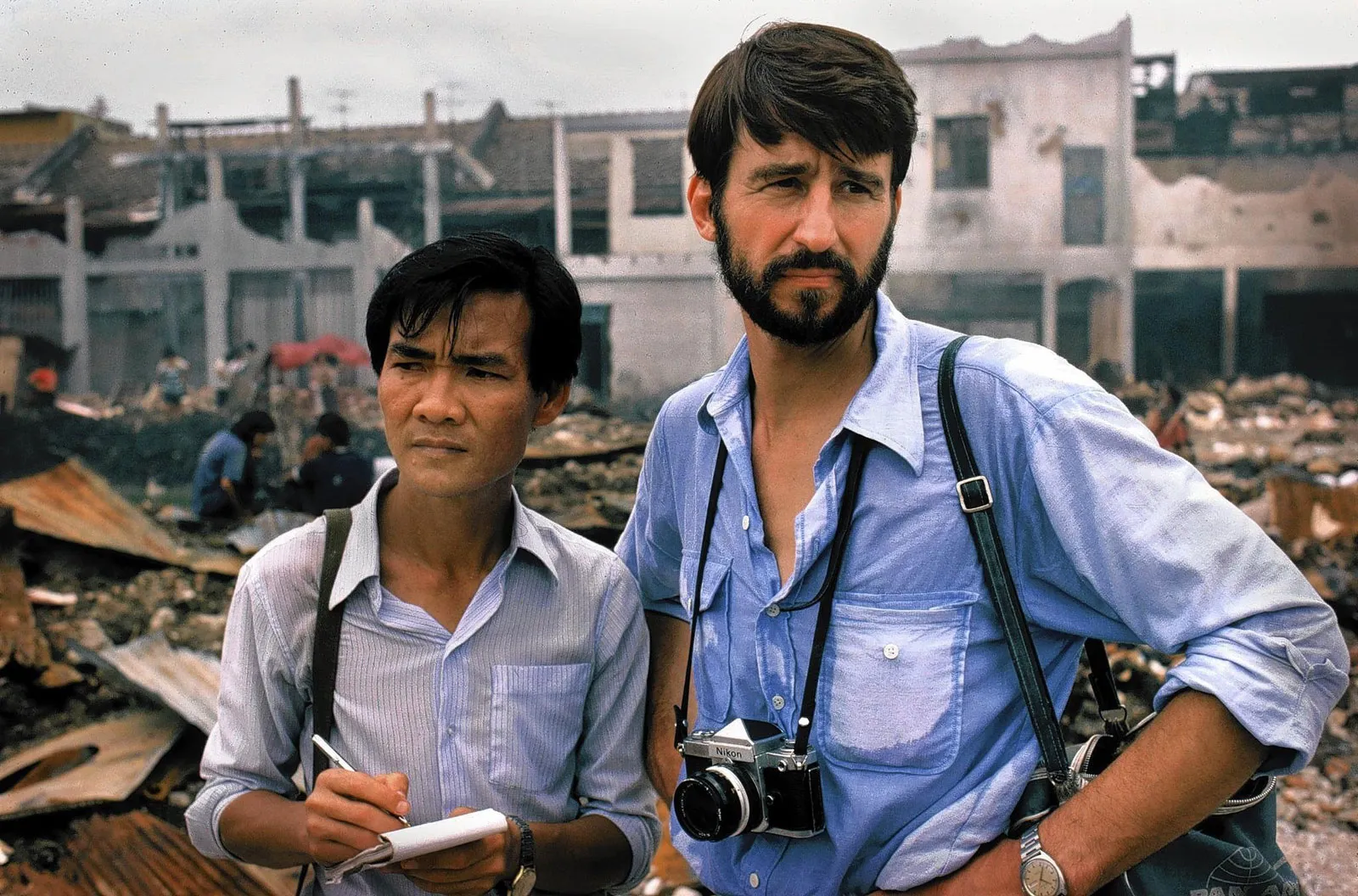
10 Interesting Facts and Figures About The Killing Fields (1984)
Introduction
“The Killing Fields,” directed by Roland Joffé, is a poignant film that tells the harrowing story of the Khmer Rouge regime in Cambodia during the late 1970s. Based on the true experiences of journalist Sydney Schanberg and his friend Dith Pran, the film sheds light on the atrocities committed during this dark chapter in history. Beyond its critical acclaim and emotional weight, “The Killing Fields” is filled with fascinating facts and figures that reveal the depth of its impact on cinema and society. Here are ten interesting insights about this classic British film.
1. Based on a True Story
The film is based on the real-life experiences of journalist Sydney Schanberg and his Cambodian assistant, Dith Pran, during the Khmer Rouge takeover. Their story highlights the brutal realities of war and the bond formed between the two men.
2. Released in 1984
“The Killing Fields” premiered at the Cannes Film Festival on May 16, 1984. It was later released in the United States on December 26, 1984, receiving widespread acclaim and sparking conversations about the Cambodian genocide.
3. Multiple Academy Award Nominations
The film received a total of seven Academy Award nominations in 1985, including Best Supporting Actor for Haing S. Ngor, who played Dith Pran. The film ultimately won three Oscars.
4. Haing S. Ngor’s Remarkable Background
Haing S. Ngor, who portrayed Dith Pran, was a real-life survivor of the Khmer Rouge regime. He was a trained doctor in Cambodia and used his own experiences to bring authenticity to his portrayal. This was his first acting role.
5. Cinematic Techniques
Director Roland Joffé employed various cinematic techniques to enhance the film’s emotional impact, including the use of natural light and long takes, which help immerse viewers in the harrowing experiences of the characters.
6. Filming Locations
Much of “The Killing Fields” was filmed on location in Cambodia, including key sites that were impacted by the Khmer Rouge. This choice of location lent an authenticity to the narrative that resonates with audiences.
7. The Soundtrack
The film’s score was composed by Mike Oldfield, known for his innovative musical style. The soundtrack adds a haunting layer to the storytelling, perfectly complementing the film’s themes of loss and survival.
8. Preservation of Historical Events
“The Killing Fields” played a significant role in raising awareness about the Cambodian genocide. Its release brought attention to the atrocities that had often been overlooked in mainstream discussions, ultimately contributing to historical preservation efforts.
9. Critical Acclaim
The film received praise from critics for its powerful storytelling and performances. It holds a 94% approval rating on Rotten Tomatoes, showcasing its enduring legacy as a significant piece of cinema.
10. Influence on Future Films
The impact of “The Killing Fields” can be seen in many subsequent films that deal with themes of war, genocide, and human rights. It remains a reference point for filmmakers looking to address the complexities of conflict and its aftermath.
Conclusion
“The Killing Fields” stands as a testament to the resilience of the human spirit in the face of unimaginable horror. Through its gripping narrative and remarkable performances, the film not only recounts a pivotal moment in history but also encourages reflection on humanity’s capacity for both cruelty and compassion. As we revisit its stories and insights, we are reminded of the importance of remembering the past to foster a better future.
Discover more from Anglotees
Subscribe to get the latest posts sent to your email.
